

Matt Campbell
2026 Hyundai Tucson Hybrid review
2 Hours Ago

Journalist
Hyundai is reportedly ending production of the Veloster, so now seems as good a time as any to have a quick look back at the quirky hatchback.
According to Hankyung, the company is ending production of the Veloster in middle of July at its Ulsan 1 factory.
The demise of the quirky asymmetric hatchback should allow the company to produce more of its popular Kona crossover, which will enter its second generation early in 2023.
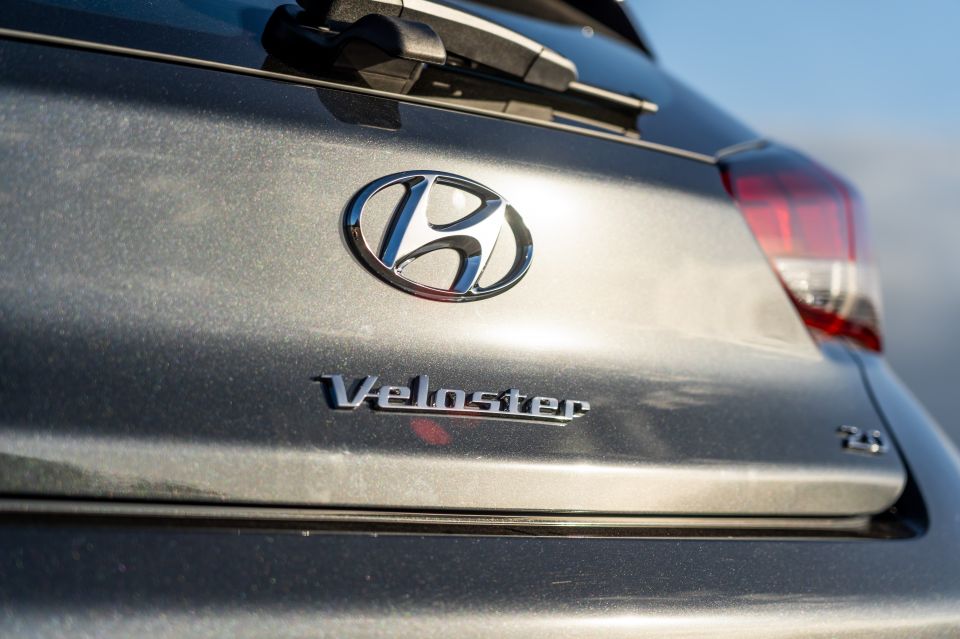
Imports to Australia stopped in 2020 when Hyundai decided to end all production of non-N versions of the Veloster. With the local arm preferring to focus on the i30 N and i30 Sedan N, the second-generation Veloster N was never sold Down Under.
The Veloster’s reported demise makes sense given the company is trimming its ICE model range as it gears up to produce more vehicles on its dedicated EV architecture.
The Ioniq liftback is also set disappear off this mortal coil soon, and rumours continue to swirl around the long-term future of the Sonata sedan.
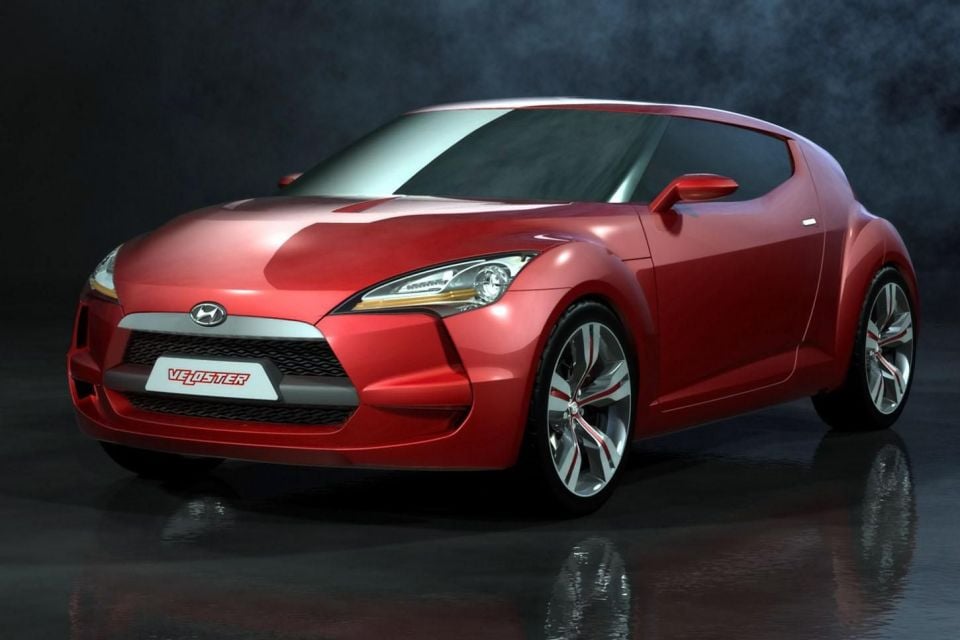
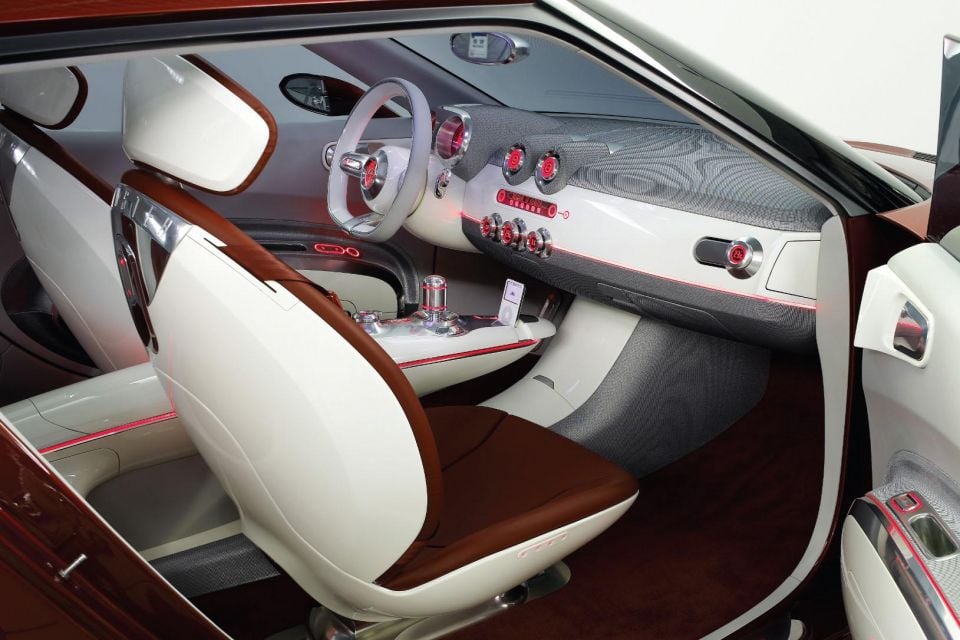
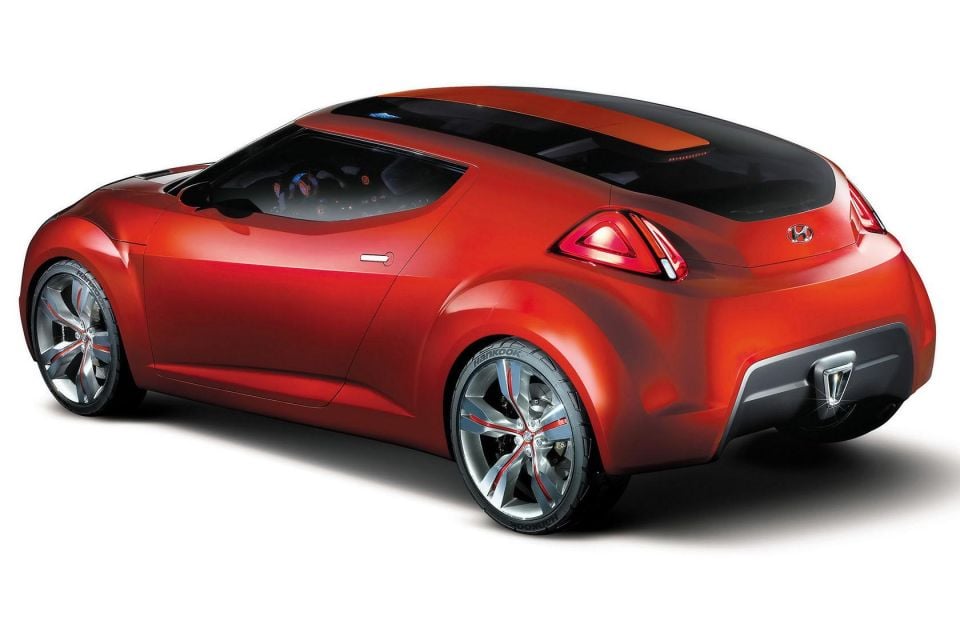
Although the original Veloster began production in 2011, its genesis can be traced back to the 2007 HND-3 Veloster concept.
That car’s silhouette and overall styling were carried through to the production Veloster. Intriguingly, the concept features two regular passenger doors — one on each side of the car — with the asymmetric door layout added to car as it crept its way into production.
Other significant changes included the deletion of the U-shaped roof and tailgate window design, and the replacement of the concept’s clean interior for something more befitting a Sonata.

The Veloster’s styling was definitely eye-catching, but it wasn’t out of step with the rest of the Hyundai range, which with the Sonata and Elantra was going through a creative moment.
What was truly unusual was the car’s body structure. It featured one large door on the driver’s side, and two smaller doors on the passenger’s side. So, depending on your view point, the Veloster was either a sporty hatchback coupe or a practical family car.
Mind you, practicality was crimped somewhat by the fact the Veloster, through both generations, only had four seats when it could’ve easily boasted a fifth.

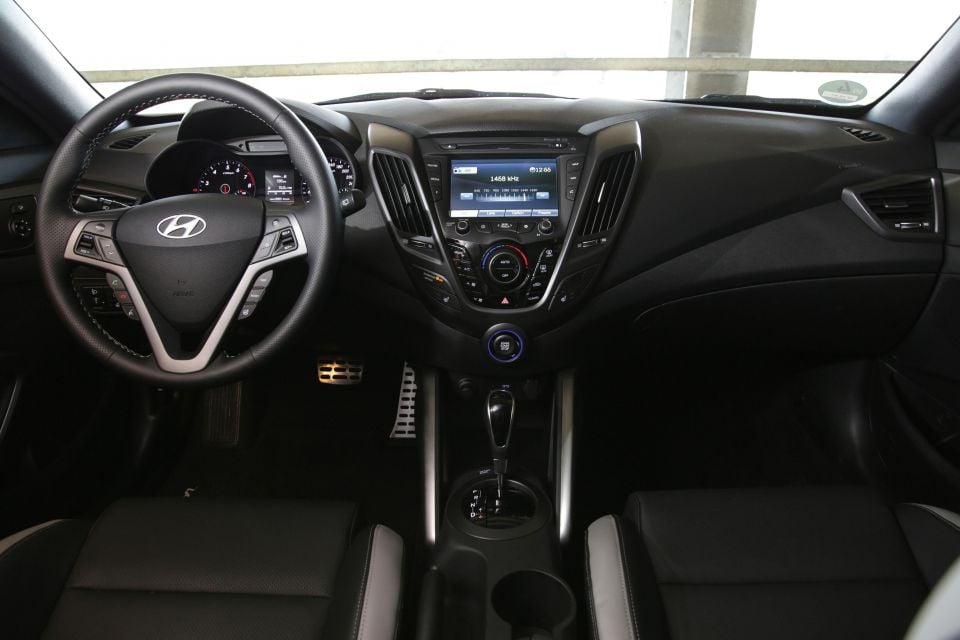
Unlike some other cars with an asymmetric door layout — ahem, we’re looking at you Mini Clubman — Hyundai had this setup for both left- and right-hand drive models, meaning the company had to engineer and build two completely body shells for the UK, Australia and other RHD markets, and the rest of the world.
Despite its sporting pretensions, the launch engine was an underwhelming 103kW/167Nm 1.6-litre direct-injection four-cylinder petrol. At least it was available with a six-speed manual and the company’s first dual-clutch transmission.
These issues were largely solved when the Turbo model came on the scene a year later, boasting a 150kW/265Nm 1.6-litre force-fed engine.
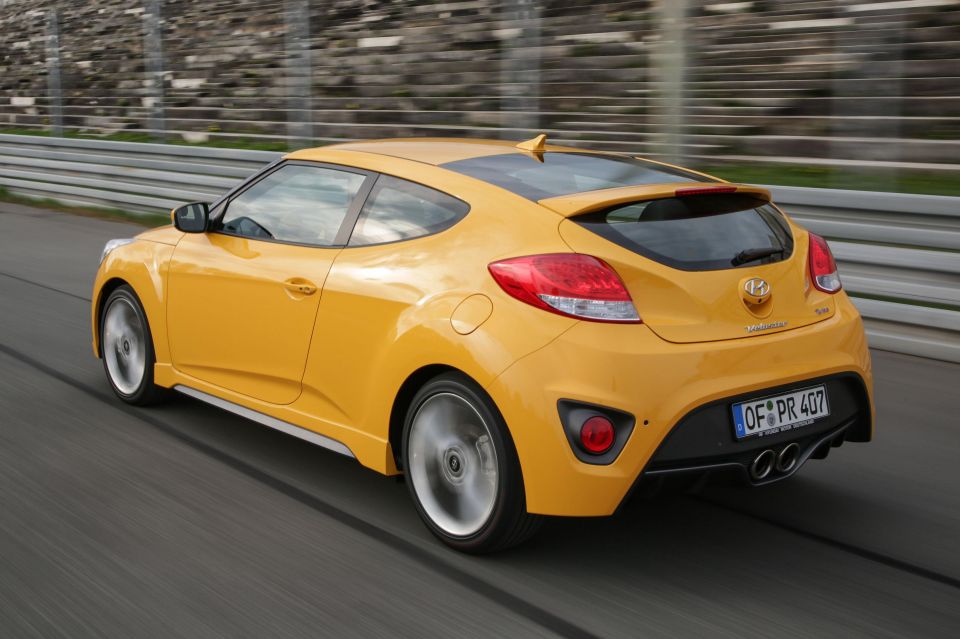
While that doesn’t sound red hot today, the Mk VI Golf GTI, which was nearly at the end of its run in 2012, had a 154kW/280Nm 2.0-litre turbo engine.
Until the Euro-developed N models came online from 2016, the Veloster carried the performance torch for Hyundai throughout most of the early 2010s.
As such, there were numerous SEMA concepts, track-inspired special editions, and a rally cross racer for Rhys Millen, which featured a 373kW 2.0-litre turbo engine and all-wheel drive.
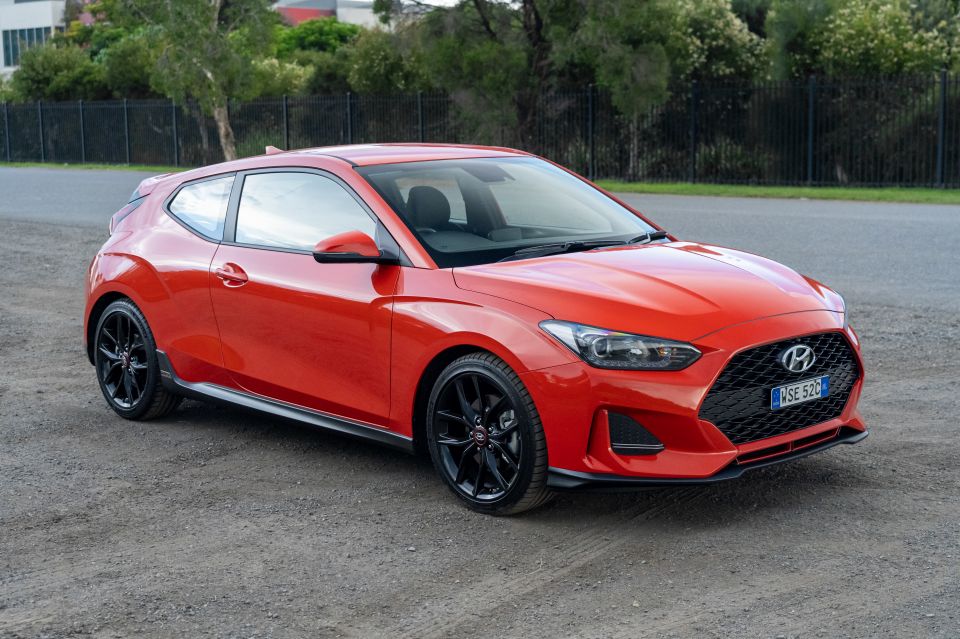

Mirroring what was happening in the rest of the Hyundai range, the second-generation Veloster had more mature styling.
Locally the Veloster range was powered by a larger 110kW/180Nm 2.0-litre naturally-aspirated four-cylinder, and the carryover 150kW/265Nm 1.6-litre turbo.
Overseas there was also a Veloster N featuring a 2.0-litre turbo, making either 184kW/353Nm with a six-speed manual or 202kW/353Nm with a new eight-speed wet clutch dual-clutch transmission.
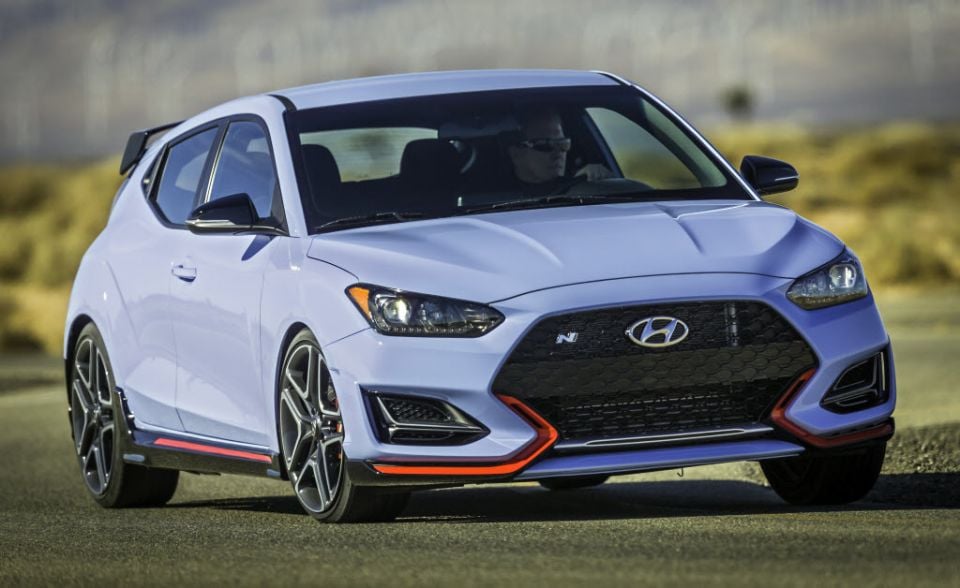
Due to the presence of other similarly powered i30 N in the Hyundai Australia range, the Veloster N sadly never hopped on a ship bound for Australia.
Coupled with buyers preferencing crossovers in ever greater numbers, sales of the second-generation Veloster never really took off. Australian imports of the Veloster ceased in late 2020 when production of non-N variants ended.
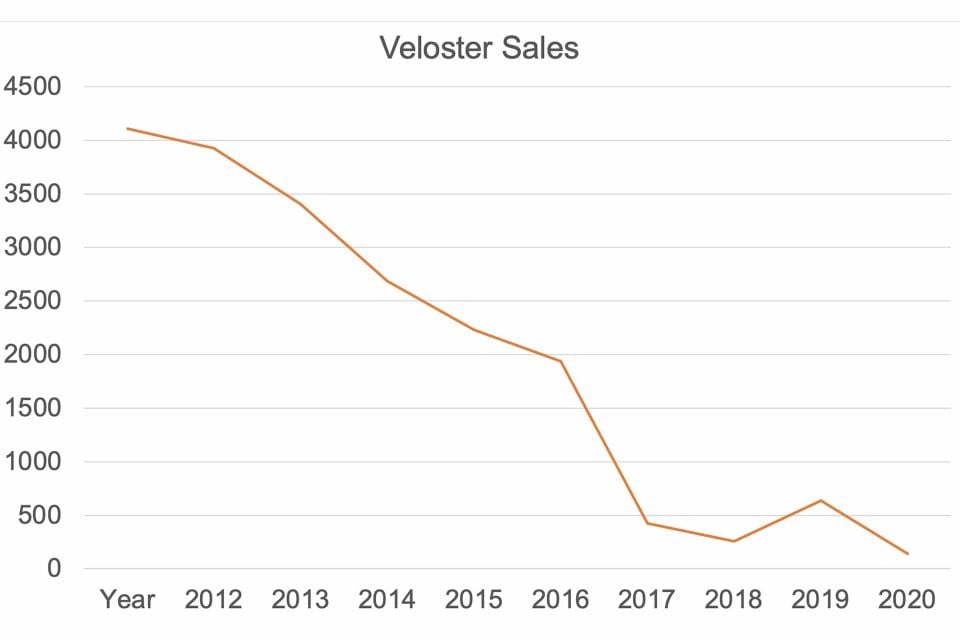
Like most sports cars, Veloster sales peaked early and then tapered off.
In 2012 (4107) the Veloster was Australia’s top-selling sports car, doubling the tally of the Toyota 86, which was only launched half way through the year.
The Veloster also managed to outsell two mainstream models in the Hyundai range: the i40 and i45. It was also 600 sales short of catching up to the Santa Fe.
As the first generation wound down in 2018, and with the launch of the second generation in mid-2019, sales of Veloster fell off dramatically.
From 2012 to 2021, Hyundai sold 19,760 Velosters Down Under.
Where expert car reviews meet expert car buying – CarExpert gives you trusted advice, personalised service and real savings on your next new car.
Derek Fung would love to tell you about his multiple degrees, but he's too busy writing up some news right now. In his spare time Derek loves chasing automotive rabbits down the hole. Based in New York, New York, Derek loves to travel and is very much a window not an aisle person.


Matt Campbell
2 Hours Ago


Max Davies
18 Hours Ago


William Stopford
18 Hours Ago


Derek Fung
18 Hours Ago


Max Davies
1 Day Ago


William Stopford
2 Days Ago